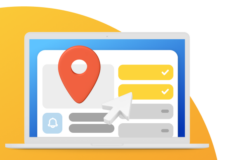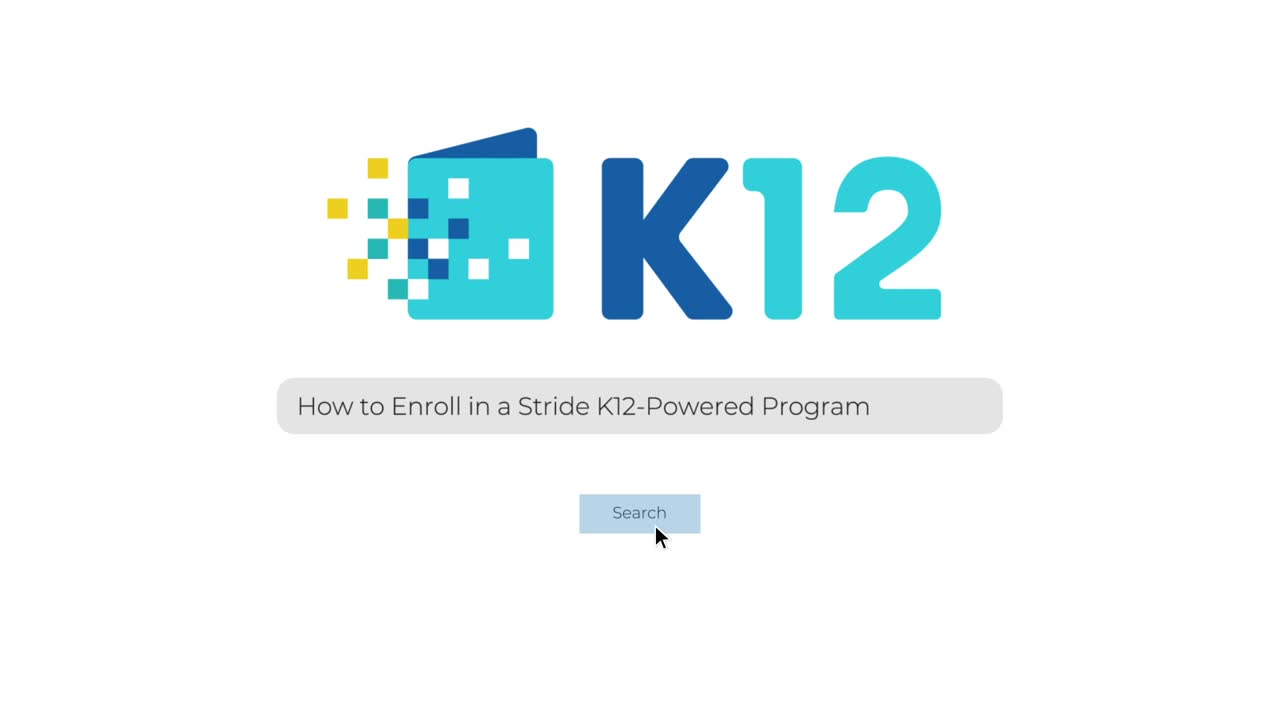How to Enroll
Start the Enrollment Process with K12
If you’re considering homeschool enrollment for your child, K12-powered tuition-free* online schools are a great alternative.
A home schooling registration alternative through K12 provides personalized learning for students in kindergarten to high school, from the comfort of home or anywhere there’s an internet connection.

Step One
Create a Parent Portal Account
Step 2
Choose Your School
Step 3
Complete Admissions Questions

How to Enroll in an Online Homeschooling Alternative
Imagine an education that combines the structure of traditional public school with the convenience of schooling at home.
Still have questions?
A foundation for future success is possible with K12-powered online schools. Enrolling in a homeschool alternative with K12-powered online schools is a good fit for families who want more control in their education choices. Learn more about how online learning works.
Frequently Asked Questions
Yes. While K12 does offer homeschoolers a wide array of curriculum for purchase, K12-powered schools are not the same as homeschool. Unlike traditional homeschooling, where parents choose curriculum and hold primary responsibility for instructing their children, K12-powered schools include a quality curriculum and provide teacher support and instruction. Parents can choose from tuition-free and tuition-based online school options that share the same requirements and benefits of brick-and-mortar schools.
To enroll in a K12-powered public or private school, you’ll need to have some basic computer equipment and a reliable internet connection. Some public school options are able to provide a school-owned computer for student use. Check with your school directly to learn if a loaner computer can be provided. For more specific information on computer requirements, take a look at our Technical FAQs.
A parent (or another responsible adult) acts as their child’s Learning Coach. In grades K–5, the Learning Coach works with the teacher to help their child through the daily lessons, modifying the pace and schedule as needed. The Learning Coach manages the student’s schedule and ensures that work is being completed at a reasonable pace, while teachers monitor progress, ensure mastery, and develop specific intervention plans when a child is struggling. As students transition into middle school, students become more self-sufficient, relying on the Learning Coach for guidance as they begin developing time-management skills. In high school, the Learning Coach role changes to one of oversight—still an important supportive role to help the student stay on task and ensure they’re following through on assignments. During high school, though, students are expected to manage their own time and academic schedule independently.
Throughout the year, students can participate in school outings, field trips, and other social events. These outings and activities may include trips to museums, skate parks, zoos, clubs, student government, dances, and even graduation ceremonies. Students can participate in online discussions and forums that aren’t based on geography but on shared interests. They can also join a wide variety of school-based or K12 clubs—some student-led, some headed by teachers—covering myriad topics of interests and connecting them to their peers across the nation.





